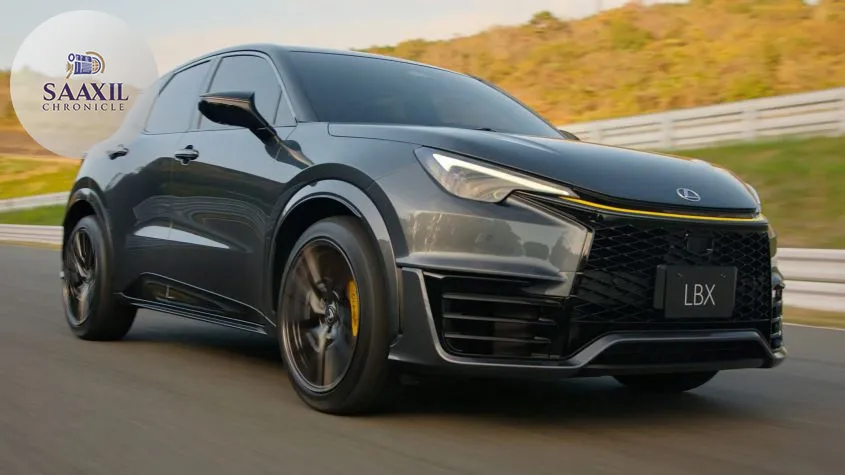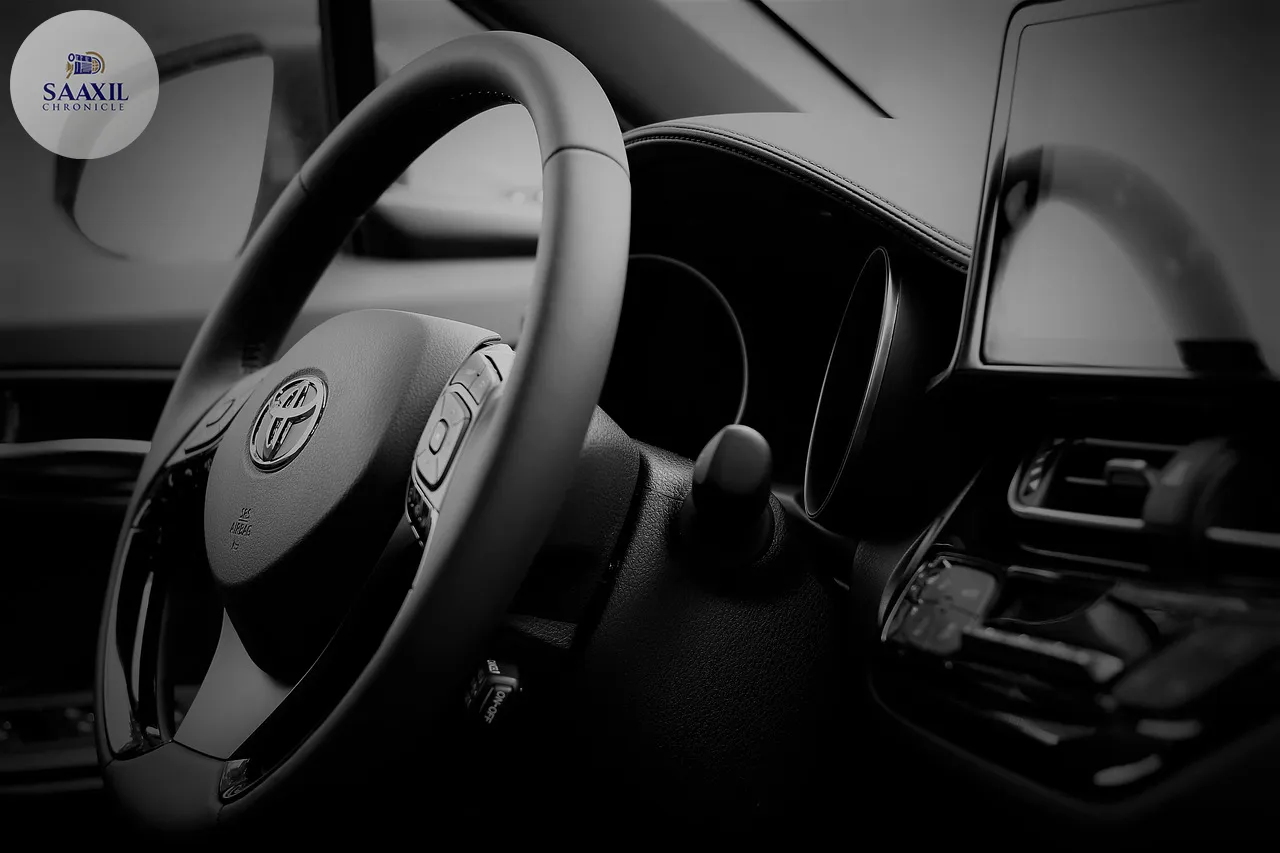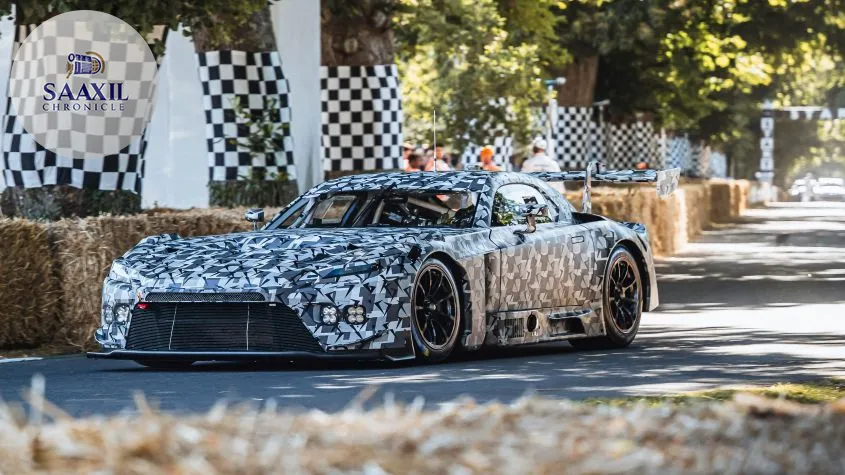The automotive industry is undergoing a dramatic transformation as car manufacturers embrace creative and bold interior designs, moving away from the traditional grey, black, and cream colour schemes. The electric vehicle (EV) revolution has opened the door to innovative, lounge-like interiors that not only redefine aesthetics but also enhance the driving experience. With companies like BMW, Fiat, and Mini leading the charge, the future of car interiors is set to be vibrant, sustainable, and highly personalised.
A New Era for Car Interiors
This design revolution comes at a time when the automotive industry is increasingly focused on sustainability and user experience. BMW’s Neue Klasse concept, unveiled in 2023, provides a glimpse into the future of car interiors. It showcases a bold and colourful approach that is set to influence the next generation of vehicle cabins. Meanwhile, Fiat’s Grande Panda and Mini’s Aceman are experimenting with adventurous colour combinations and materials, pushing the boundaries of traditional car interior design.

Adventurous Contrasts: A Bold New Look
Tesla initially popularised the trend of contrasting light and dark interiors, but recent concept cars like the Lexus LF-ZL SUV are taking it to a new level. Lexus’s innovative design pairs grey, light brown, and off-white hues with a mix of textures such as ribbed door panels and shag carpets. While this might be too avant-garde for mass production, it signals a shift towards more daring use of contrasting colours and materials in mainstream vehicles.
The Rise of Purple and Sunshine Tones
The trend for darker, gothic tones is evident in Genesis’s Neolun SUV concept, which prominently features dark purple. However, it’s expected that this trend will manifest in more subtle ways in upcoming mainstream models. Meanwhile, the colour of 2024, Apricot Crush, as identified by trend analysis firm WGSN, is making waves in the automotive industry. This warm, inviting tone is featured in the BMW Vision Neue Klasse X concept and is expected to appear in production models soon, bringing a sense of positivity and light into car interiors.
Blended Tones: Seamless Transitions
Another emerging trend is the use of blended tones, as seen in Audi’s Activesphere concept, where upholstery transitions seamlessly from black to red. This creates a high-end, moody atmosphere that is becoming increasingly popular. Nissan’s 2023 Hyper Adventure concept and the new Mini Countryman have embraced this trend, suggesting that tonal gradients may soon become a standard feature in car interiors, allowing brands to differentiate themselves through unique colour transitions.
Customisation: Personalising the Driving Experience
With the advent of 3D printing, customisation in car interiors is becoming more accessible and affordable. Renault’s new 5 E-Tech model features colourful, intricately detailed storage bins, exemplifying how car owners can personalise their vehicles. As consumers seek to express their individuality, customisation options for interior details are becoming a significant trend, allowing drivers to stamp their personality onto their cars.
Smart Surfaces: A Technological Revolution
The integration of smart surfaces in car interiors is set to revolutionise the driving experience. These materials appear plain but contain hidden technologies that activate when needed. BMW’s i Vision Dee concept features a woven dashboard that doubles as a control panel, projecting information onto the windscreen. By the end of the decade, smart surfaces are expected to be a common feature in high-end vehicles, transforming car interiors into multifunctional spaces for work or relaxation.
Transforming the Future of Driving
The shift towards more creative and sustainable car interiors is not just about aesthetics; it represents a broader movement towards enhancing the overall driving experience. As manufacturers continue to experiment with bold designs, contrasting colours, and smart technologies, consumers can expect more personalised and engaging environments. These innovations not only reflect changing consumer preferences but also align with the industry’s commitment to sustainability and technological advancement.
As the automotive world embraces these trends, the future of car interiors promises to be vibrant, innovative, and deeply personalised, offering drivers a unique blend of style, comfort, and functionality.




